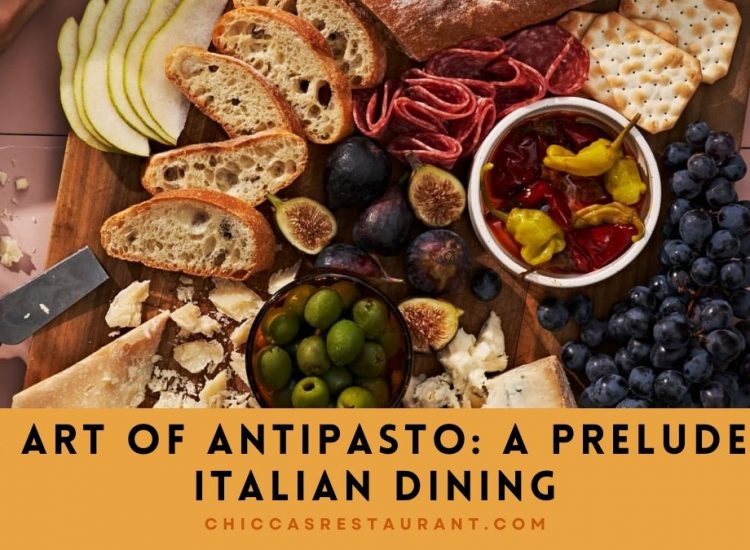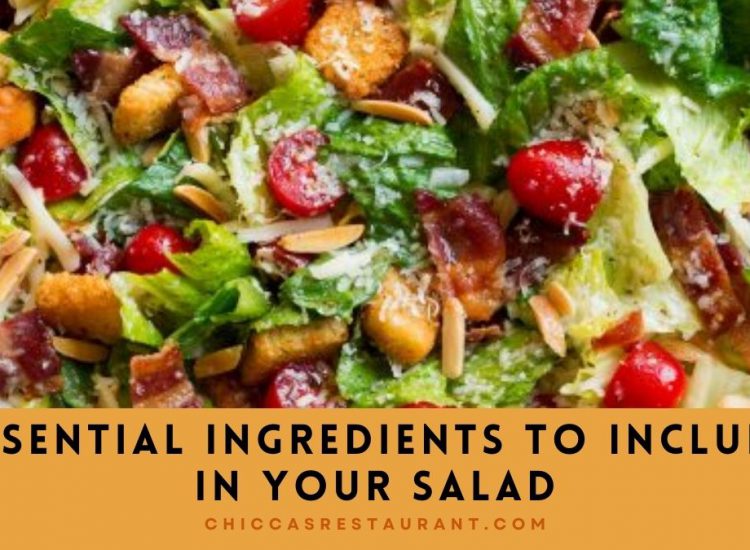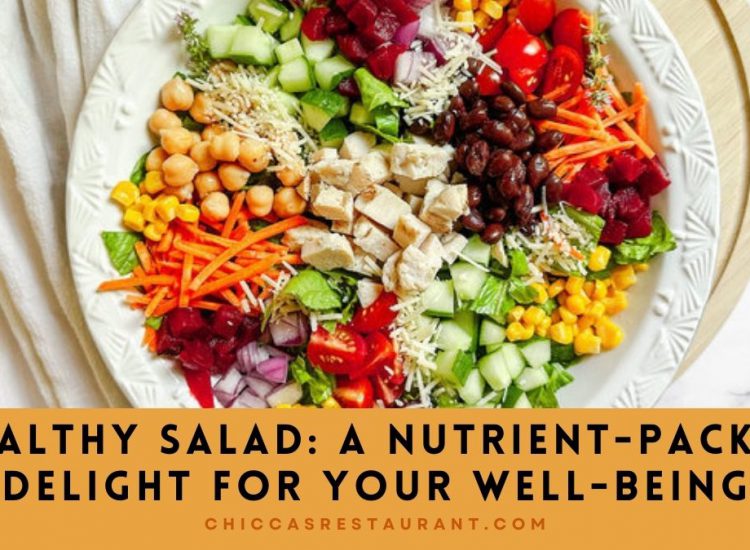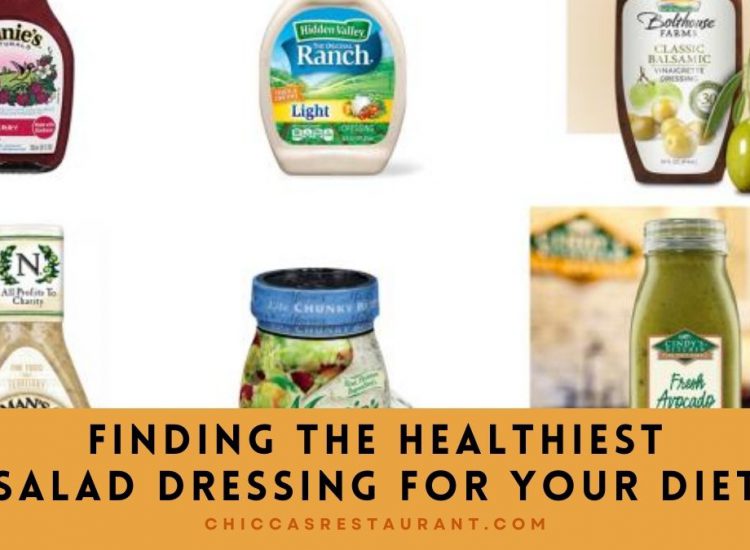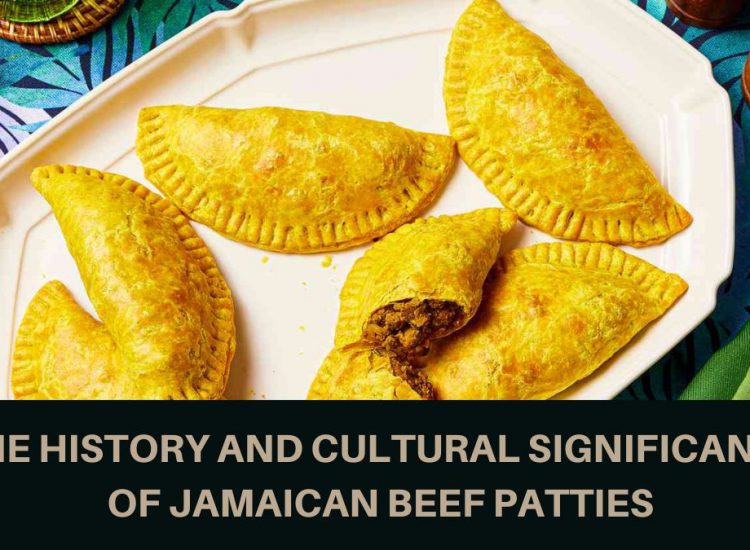Transforming tough spare ribs into juicy, fall-off-the-bone delicacies is an art worth mastering. Whether you’re a seasoned chef or a weekend warrior on the grill, knowing how to tenderize ribs is essential. This article will guide you through the techniques and secrets to always achieve mouthwatering results.
Toc
Understanding Spare Ribs
These ribs, extracted from the belly side of the pig’s rib cage, are known for their succulent meat and flavorful fat. However, they can be tough due to the connective tissues. The key to tenderizing lies in slow cooking at low temperatures, allowing the collagen in the connective tissues to break down into gelatin, imparting moisture and tenderness to the ribs.
1. https://chiccasrestaurant.com/archive/651/
2. https://chiccasrestaurant.com/archive/647/
3. https://chiccasrestaurant.com/archive/655/
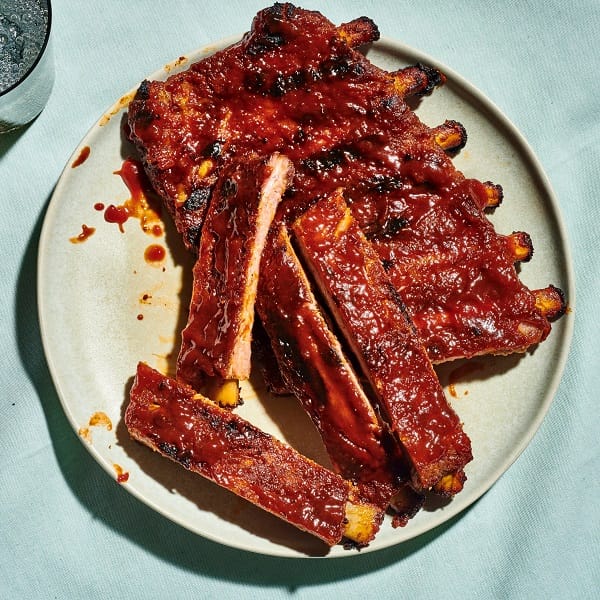
Pre-Cooking Preparation
- Meat Selection and Preparation: Choosing the right ribs is the first step. Look for ribs with a good meat-to-bone ratio and visible fat marbling. Before cooking, remove the membrane on the rib’s underside – this allows seasonings to penetrate more effectively and promotes more even cooking.
- Marinating and Brining: Marinating or bringing spare ribs can significantly impact their tenderness. A marinade with acidic components (like vinegar or citrus juices) can help break down tough muscle fibers. At the same time, a brine (a solution of water and salt) can improve the meat’s ability to retain moisture, resulting in juicier ribs.
Cooking Techniques
- Slow Cooking in the Oven: One of the most foolproof methods to ensure tender spare ribs is to bake them slowly in the oven. Wrapping the ribs in foil or cooking them in a low-temperature oven (about 275°F or 135°C) for 2-3 hours allows them to cook gently and retain their moisture.
- Braising: Braising involves simmering the ribs in a small amount of liquid. This can be done either in the oven or on the stovetop. The liquid, which can be anything from broth to barbecue sauce, provides moisture and flavor, tenderizing the ribs as they cook.
- Smoking: For those who prefer a smoky flavor, smoking spare ribs at a low temperature over wooden chips can yield tender, flavorful meat. The key is maintaining a consistent temperature (225°F or 107°C) and keeping the ribs moist by spraying them with apple juice or a similar liquid during the smoking process.
- Grilling: Grilling can also yield tender ribs if done correctly. The secret is indirect heat: Place the ribs away from the direct heat source, cover the grill, and allow them to cook slowly. This mimics the slow-cooking methods used in the oven or smoker.
Post-Cooking Tips
- Resting: Allowing the ribs to rest for at least 10 minutes before serving is crucial. This lets the juices redistribute throughout the meat, ensuring the ribs are moist and tender.
- Glazing: Applying a glaze during the last 30 minutes of cooking can add a flavorful crust to the ribs without drying them out. Choose a glaze with a sugar base to achieve a sticky, caramelized texture.
Conclusion
This is a process that rewards patience and attention to detail. By understanding the nature of spare ribs and applying the appropriate preparation, cooking, and post-cooking techniques, you can transform a tough cut of meat into a tender, flavorful masterpiece.
Whether you prefer the slow and low approach of the oven, the immersive braising method, the smoky nuances of the smoker, or the traditional BBQ grill, the secrets to mouthwatering spare ribs lie in the careful balance of moisture, heat, and time.
1. https://chiccasrestaurant.com/archive/414/
2. https://chiccasrestaurant.com/archive/647/
3. https://chiccasrestaurant.com/archive/655/
Remember, the art of cooking this dish is not just in the meat’s tenderness but in the joy and satisfaction it brings to the table. So, don your chef’s hat, fire up your preferred cooking apparatus, and embark on a culinary journey to spare rib perfection.


